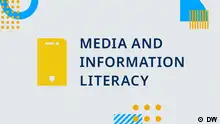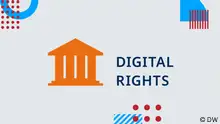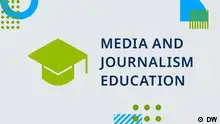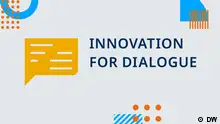Media viability
A radio program may appear so casual and easy
From talk shows, radio dramas, debates, documentaries, music shows, to radio magazines, everything seems to fall into place until you encounter reports of surveys on the program performance in the market.
Many media organizations tend to delegate the power over programs to hosts who feel entitled to the design and content of the programs and are quick to remind whoever cares to listen that, 'This is my show and I decide what do with it'. This notion, however, takes a different turn when you realize that the main character in the whole fun is the audience.
With many radio stations coming up in every locality in Kenya and across the globe, there is increased competition for listeners, resulting in radio stations having to come up with innovative programs. Their main undoing is however failing to recognize the place of the audience in the conception of an idea for a program, designing it, content packaging and dissemination.
I happen to be one of the selected candidates of a professional training program on Media Viability offered by DW Akademie, where a number of media experts are being trained on core aspects of Media Viabilty. They will then consult small and medium media houses to adjust to the changing media landscape and to remain afloat amid shrinking revenue streams.
‘Audience Research & Content Prototyping’ is the first module of the training program. It is facilitated by Dalberg Design’s Ravi Chhatpar and Sandra Waihuni who are experts in product design applying Human Centered Design methods. From the introduction, all seemed normal when Ravi made comments to the fact that almost all the 12 participants in the training could have encountered audience research in one way or another in their course of duty. Fortunately, this was true, as media personalities interact with various audiences regularly, albeit informally most of the time. From the discussions, it was clear that every media house has an objective to meet with every program, but this is only possible if they reach out to the audience to find out what they need and how they want it served.
The lively discussions brought out the realities in many radio stations whose programs are not informed by research, but rather trial and error, from understanding the audience, identifying themes, and prototyping, in order to come up with a marketable program. Through Human Centered Design, simple things like engaging the audience within their comfort zones and being in their shoes, radio stations can maximize on audience engagement in coming up with viable programs which the audience basically feel part of.
It however, was brought to light, that inadequate funding, misconceptions with regards to audience research, and inadequate knowledge on research and prototyping remain some of the key challenges facing the local media in coming up with viable programs.
And with various tools being shared by the trainers and learning about concepts such as "How Might We", it dawned on the trainees that it is possible to build viable radio programs. Programs that earn a place for the radio stations in the competitive media landscape.
Despite the training being offered digitally through Zoom, the lively participants made it look like a one on one training. and imparted more than our expectation as the trainees.
Kevine Omollo is a print/digital journalist based in Kisumu, Kenya, and is the Acting Nyanza Bureau Chief/Regional Editor for Standard Group, a leading multi-media company in Kenya, and a part time tutor at Maseno University’s Media and Communication Department.
- Date 06.11.2020
- Feedback: Send us your feedback.
- Print Print this page
- Permalink https://p.dw.com/p/3kxzT
- Date 06.11.2020
- Send us your feedback.
- Print Print this page
- Permalink https://p.dw.com/p/3kxzT





